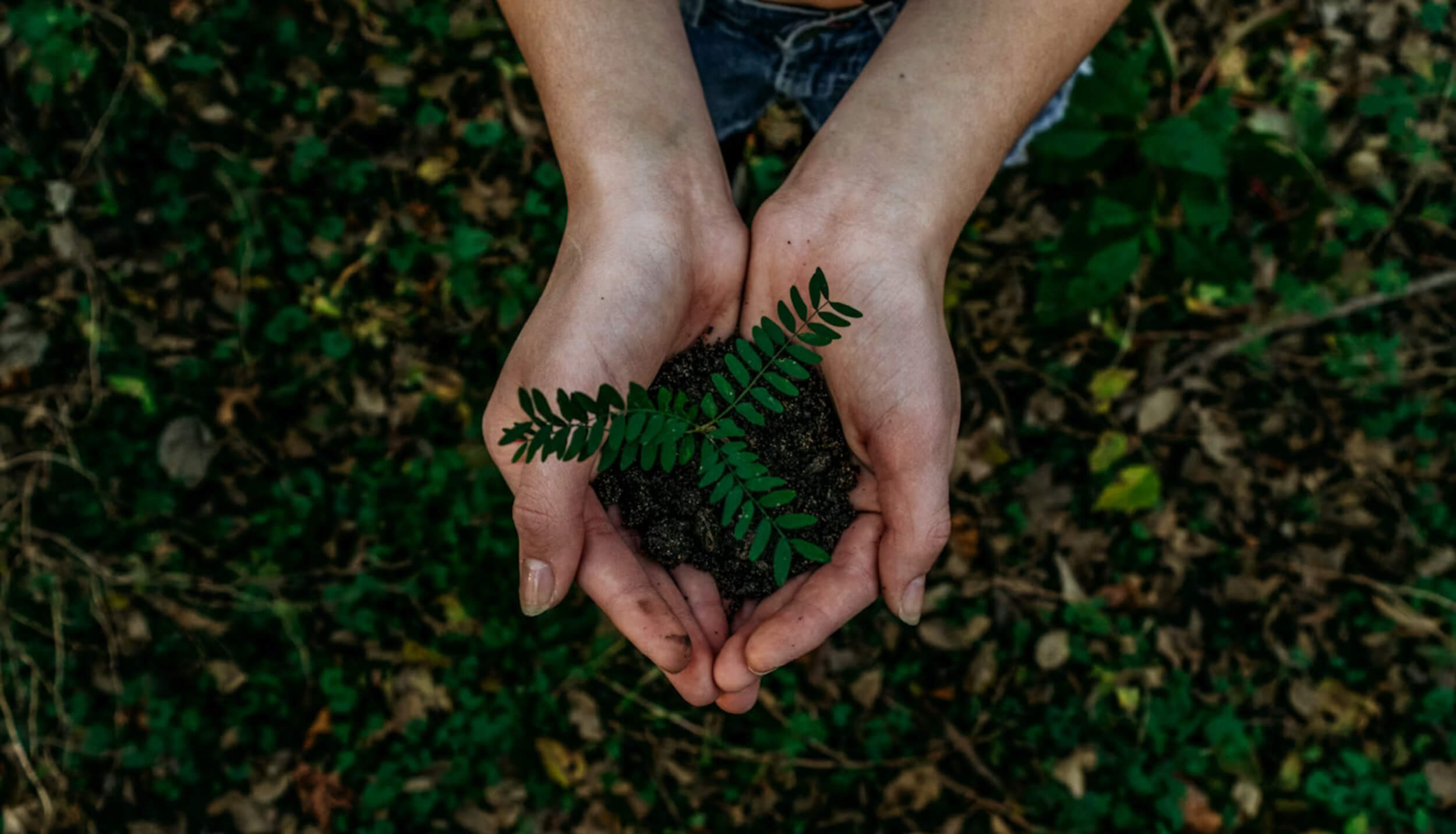Caring for the environment starts with the little things we do in daily life. On a household level, it means making choices that use less energy, save water, reduce waste, and protect the spaces where we live. It’s about treating resources as valuable, not endless.
Taking small steps at home feels more doable than waiting for big changes elsewhere. People can control how much they consume, what they throw away, and which products they bring into their homes. These actions are easier to repeat because they fit into natural routines, like turning off lights or recycling after meals.
The ripple effect is strong. A single family that cuts waste or saves water often inspires others in the community. Over time, these habits influence how neighborhoods, towns, and even policies respond to environmental needs. Caring for the environment is not about being perfect—it’s about steady, consistent choices.
Everyday signs of environmental responsibility at home include:
- Reusing instead of throwing away
- Reducing water and power use
- Choosing durable items over disposables
- Teaching kids simple eco-friendly habits
Energy Use and Household Impact
Choosing Efficient Appliances
Switching to energy-efficient appliances helps lower bills and shrink carbon footprints at the same time. Devices marked with Energy Star or similar ratings use less electricity without losing performance. LED bulbs, for example, last longer and use far less energy than older bulbs. Refrigerators, washing machines, and air conditioners designed for efficiency save money in the long run. Making this switch is one of the most direct ways households can cut down energy waste while caring for the environment.
Daily Habits That Cut Energy Waste
Simple actions add up. Turning off electronics when they’re not in use, adjusting the thermostat a few degrees, and sealing window or door gaps all help reduce power loss. Even unplugging chargers when not needed prevents “phantom energy” drain. These steps cost little to nothing but create meaningful savings for both families and the planet. Caring for the environment through energy habits shows that even small tweaks can make homes run cleaner and more efficiently.
Water Conservation at Home
Smarter Usage in Daily Routines
Cutting back on water waste begins with daily habits. Shorter showers, fixing leaks right away, and waiting until laundry loads are full before pressing start all save gallons each week. Installing low-flow faucets and toilets also reduces water use without sacrificing comfort. By managing water wisely, households save money and take one more step toward caring for the environment.
Outdoor Water Responsibility
Outside the home, water can also be used responsibly. Collecting rainwater for gardens reduces the need to rely on city supplies. Choosing native plants that thrive with less watering makes landscaping both attractive and sustainable. Together, these habits cut down on waste and show how small gardening choices connect back to larger environmental goals.
Waste Reduction and Smarter Consumption
Rethinking Single-Use Items
Disposable products create piles of trash that last for years. Reusable bags, water bottles, and food containers replace single-use plastics in simple ways. Composting kitchen scraps turns waste into healthy soil instead of landfill buildup. These steps protect natural spaces and keep homes cleaner. Each choice reflects caring for the environment on a very personal level.
Shopping With Care
Buying habits play a huge role in reducing waste. Choosing products with less packaging or from brands with eco-friendly practices keeps unnecessary trash out of circulation. Durable, long-lasting items also cut costs and prevent constant replacement. Shoppers who make mindful choices not only save money but also send a message that sustainable goods matter.
Food Choices That Protect the Planet
Eating Seasonally and Locally
Local and seasonal foods use fewer resources to reach the table. They travel shorter distances, require less packaging, and often taste fresher. Farmers’ markets give families a chance to support local growers and strengthen the community while reducing environmental strain. These food choices highlight how everyday meals connect directly to caring for the environment.
Cutting Down on Food Waste
Food waste is a major issue in many homes. Planning meals, using leftovers creatively, and storing food properly prevent items from spoiling before they’re eaten. Small habits like freezing extra portions or labeling containers make a big difference. Wasting less food protects resources used to grow, ship, and sell it.
Eco-Friendly Cleaning and Household Products
Safer Cleaning Alternatives
Household cleaners with harsh chemicals often harm waterways once they’re rinsed down drains. Safer options like vinegar, baking soda, and plant-based products clean effectively without leaving harmful residues. Families that choose these alternatives keep their homes fresh while caring for the environment at the same time.
Household Goods With Lower Impact
Everyday items like recycled paper, biodegradable trash bags, or reusable cloths are simple swaps that lower waste. Choosing long-lasting tools and skipping disposable versions also saves money. These product choices prove that even cleaning and basic chores can be part of responsible living.
Transportation Choices Begin at Home
Rethinking Daily Travel
Walking, biking, or taking public transit for short trips cuts back on fuel use and lowers emissions. These options often improve health, too, since they involve more movement and less stress behind the wheel. Shared commuting options also reduce the number of cars on the road.
Managing Vehicle Use
For families that rely on cars, small changes still help. Keeping vehicles well-maintained improves fuel efficiency. Carpooling reduces traffic and pollution while saving money. Considering hybrid or electric vehicles also opens a path toward lower-impact transportation.
Raising Environmentally Aware Families
Teaching Kids Through Habits
Children learn best by doing. Simple chores like recycling, turning off lights, or helping in the garden give them hands-on lessons in responsibility. Parents who show caring for the environment through everyday actions pass down habits that stick for life.
Building Community From Home
Families can spread their habits into the community. Hosting a local clean-up, sharing unused items, or starting conversations about sustainability with friends helps create a culture of care. These small community steps begin right at home.
Home Design and Green Living Spaces
Creating Energy-Smart Homes
Home design plays a big role in energy use. Proper insulation, solar panels, and natural lighting all reduce dependence on electricity. Smart thermostats make heating and cooling more efficient. These upgrades often pay off in lower bills while improving comfort.
Greening Indoor Spaces
Indoor air quality matters, too. Adding plants can help filter the air, while choosing non-toxic paints and materials keeps homes healthier. These design choices show how living spaces can be both practical and environmentally friendly.
Personal Finances and Eco-Friendly Investments
Spending That Supports Sustainability
Where money goes shapes markets. Supporting companies with green certifications or buying products built to last shows that eco-friendly options matter. Durable items prevent constant replacements, saving money over time.
Home Savings and Eco Upgrades
Financial incentives exist for solar panels, efficient appliances, and eco-friendly home improvements. These upgrades raise property value and lower utility costs. Making smart investments ties money choices directly to environmental care.
Technology as a Partner in Green Living
Smart Home Devices
Smart technology helps track energy and water use. Devices that automate lights, thermostats, and appliances keep waste to a minimum. Apps make it easier to see where resources are going.
Digital Alternatives
Going digital reduces waste. Online billing, e-books, and digital records cut down on paper use. Skipping unnecessary printing is a simple step that lowers impact while keeping life more organized.
Final Thoughts on Why Caring for the Environment Starts at Home
Big change often starts with small routines. Caring for the environment doesn’t require dramatic action; it grows from consistent steps like saving water, cutting waste, and reusing what we already have. Each habit adds up, especially when many families practice them at once.
The message is simple: one household can inspire another. Over time, that influence reaches neighborhoods, towns, and policies. Every choice matters, and the most lasting habits begin at home.
Now is the best time to start. Pick one step—switch to a reusable bag, shorten a shower, or plan meals to reduce waste. These may seem small, but together they create a healthier planet for the next generation.















